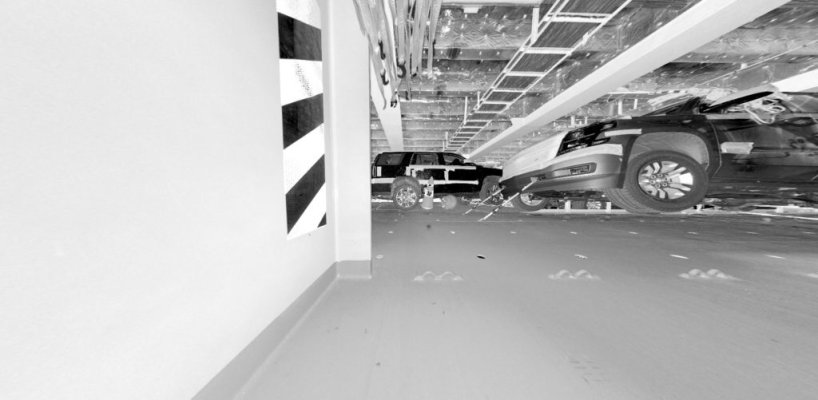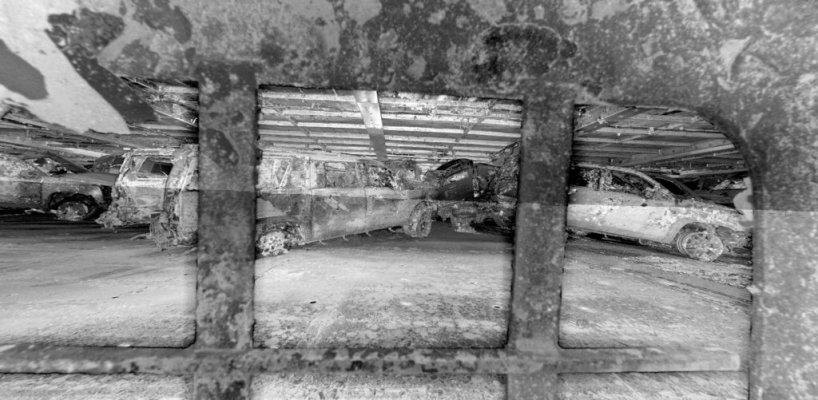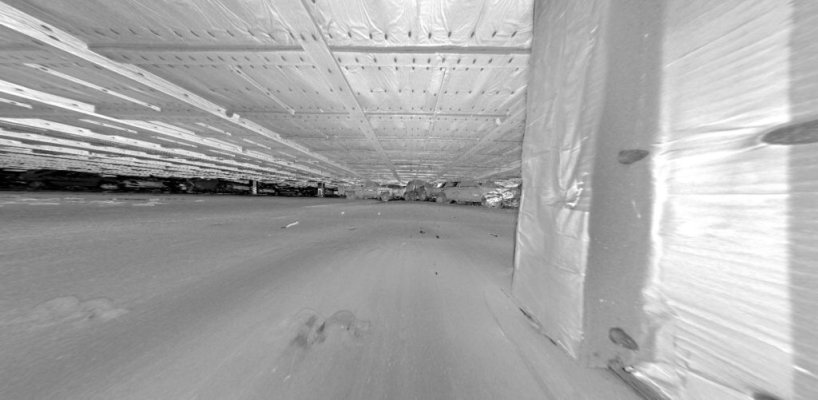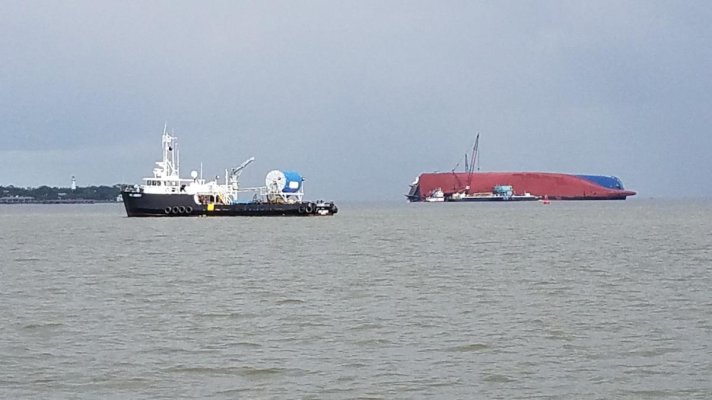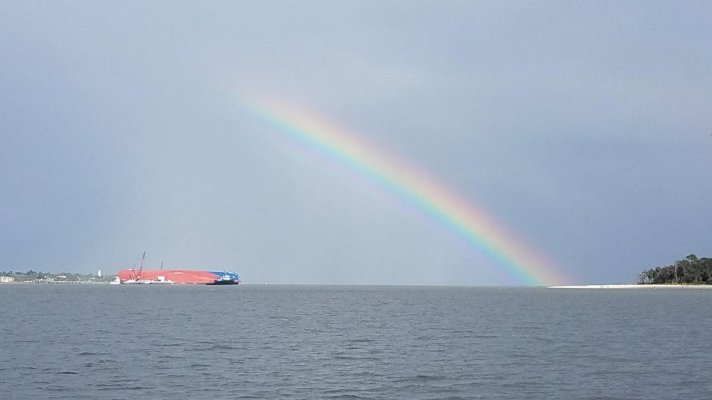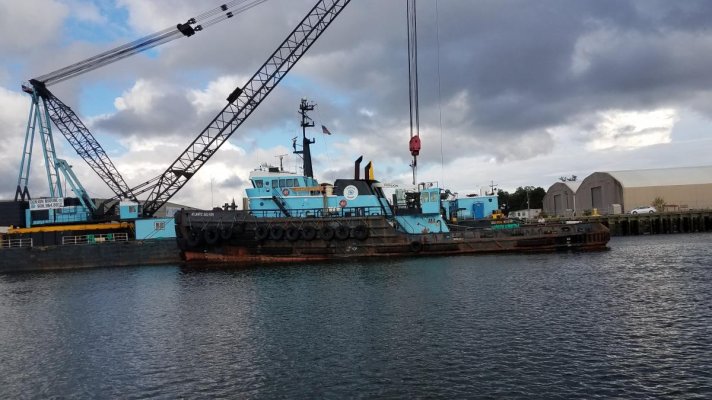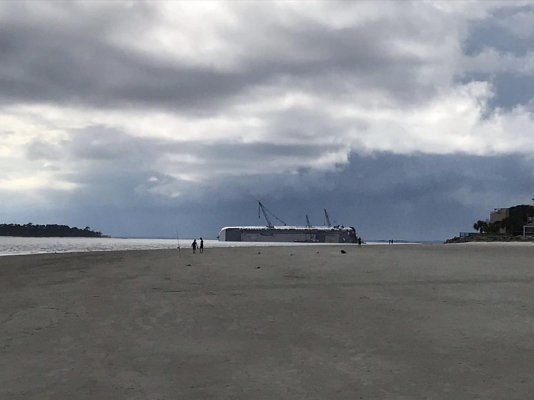I had a long, lovely walk on the beach today and spent some time thinking about the Golden Ray, a few hundred yards away, and the decision to dismantle her rather than attempt to re-float her.
Allow me to preface this with a disclaimer. I am not an engineer, nor a marine salvage expert, nor a nuclear scientist. This is pure speculation.
The Golden Ray is currently sitting on the bottom of St Simons Sound at an angle of greater than 90 degrees as shown in the photo I posted a few days ago. The Costa Concordia came to rest on the rocks in Giglio at a 70 degree angle.
As we have seen previously, Ro Ro ships are not the most stable vessels and thus lack in righting moment, or arm, whichever is the correct expression. Again, not an expert in these things. Thus, it occurs to me that the force required to try to rotate a 71,000 ton vessel very, very far from its righting point or CG, would be beyond belief. It seems that the force required would be substantially greater than the hull could survive.
And, of course, that doesn’t even take into account the fact that there is not enough water, on average, under the ship to float, even if she were magically righted. She sits approximately 150 feet from the edge of the channel with enough depth to float.
The Costa Concordia not only came to rest at a lesser angle to upright, but she was undoubtedly a more stable vessel as built. And while she was resting on two rock outcroppings on her starboard side, she was also resting on a fairly steep slope which means there was much more water under her port side. This gave the salvage engineers a lot more options, including building an undersea platform.
Anyway, just some food for thought as us locals try to comprehend what’s ahead of us. Surely, any form of dismantling will require significantly more assets than are here now. Watching videos about previous Ro Ro ships that were not able to be re-floated show massive cranes and other salvage assets deployed.
The location, between a critical channel and shallow water, will undoubtedly make this a very challenging operation.

